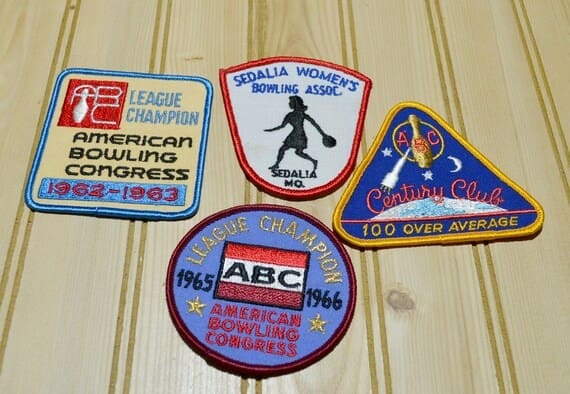Bowling leagues have long been a staple of American recreational life. Picture it: friends and family gathering at the local bowling alley, the smell of freshly oiled lanes, the sound of pins crashing, and the camaraderie of teammates. This scene has played out for decades, but as we navigate through 2024, one has to wonder—are bowling leagues a thing of the past, or do they still hold a cherished place in our hearts and communities?
The Evolution of Bowling Leagues
 Bowling leagues date back to the early 20th century, reaching their peak popularity in the 1960s and 70s. They were more than just a sport; they were a social phenomenon. Every week, teams would meet to compete, socialize, and unwind. For many, it was a highlight of their week—a time to catch up with friends, enjoy some friendly competition, and momentarily escape the stresses of daily life.
Bowling leagues date back to the early 20th century, reaching their peak popularity in the 1960s and 70s. They were more than just a sport; they were a social phenomenon. Every week, teams would meet to compete, socialize, and unwind. For many, it was a highlight of their week—a time to catch up with friends, enjoy some friendly competition, and momentarily escape the stresses of daily life.
Over the years, the nature of bowling leagues has evolved. Traditional leagues, often characterized by long seasons and a high level of commitment, have seen a decline. This shift is due to several factors, including changes in work schedules, family dynamics, and the rise of alternative forms of entertainment. However, this doesn’t necessarily spell the end for bowling leagues. Instead, it has prompted a transformation in how these leagues operate and appeal to modern participants.
The Modern Bowling League
In 2024, bowling leagues have adapted to fit contemporary lifestyles. Shorter league seasons, flexible scheduling, and the integration of technology have made it easier for people to participate. Leagues now offer more casual and fun formats, catering to those who may not have the time or desire to commit to a traditional 30-week season. Social leagues, often themed and less competitive, have become increasingly popular, attracting younger generations who view bowling more as a social activity than a sport.
Technological advancements have also played a significant role in revitalizing bowling leagues. Modern bowling alleys are equipped with high-tech scoring systems, interactive displays, and even augmented reality features that enhance the overall experience. These innovations not only make the game more engaging but also attract a tech-savvy audience looking for new and exciting ways to socialize and compete.
The Positives of Bowling Leagues Through the Years
Despite the changes, the core benefits of bowling leagues remain timeless. They continue to offer a unique blend of physical activity, social interaction, and community involvement. Here are some of the enduring positives of bowling leagues:
- Community Building: Bowling leagues have always been a fantastic way to bring people together. They foster a sense of community and belonging, offering a regular opportunity for social interaction. In an age where digital communication often takes precedence, the face-to-face connections made in bowling leagues are invaluable.
- Physical Activity: While bowling may not be as physically demanding as other sports, it still provides a good workout. The repetitive motion of bowling helps to improve muscle tone, balance, and coordination. It’s an accessible form of exercise for people of all ages and fitness levels.
- Stress Relief: Engaging in recreational activities like bowling can significantly reduce stress. The combination of physical activity, social interaction, and the enjoyment of the game itself makes bowling a great way to unwind and recharge.
- Inclusivity: Bowling is a sport that can be enjoyed by nearly everyone, regardless of age, gender, or skill level. This inclusivity makes bowling leagues a wonderful way to bring diverse groups of people together, promoting understanding and camaraderie.
- Friendly Competition: The competitive aspect of bowling leagues adds excitement and motivation. Friendly rivalries and the pursuit of personal bests keep participants engaged and coming back for more. The structured competition also provides a goal-oriented outlet for those who thrive on achieving milestones.
The Future of Bowling Leagues
So, are bowling leagues a thing of the past? The answer is both yes and no. Traditional, long-season leagues may be fading, but the essence of bowling leagues is far from extinct. Instead, they are evolving to meet the needs and preferences of today’s society. The rise of casual, social leagues and the integration of modern technology are breathing new life into this beloved pastime.
In 2024, bowling leagues are not just about the game; they are about the experience. They offer a blend of nostalgia and modernity, providing a space where people can connect, compete, and have fun. As long as there are lanes to bowl on and pins to knock down, bowling leagues will continue to roll strong, adapting to the times while preserving the timeless joy of the game.


